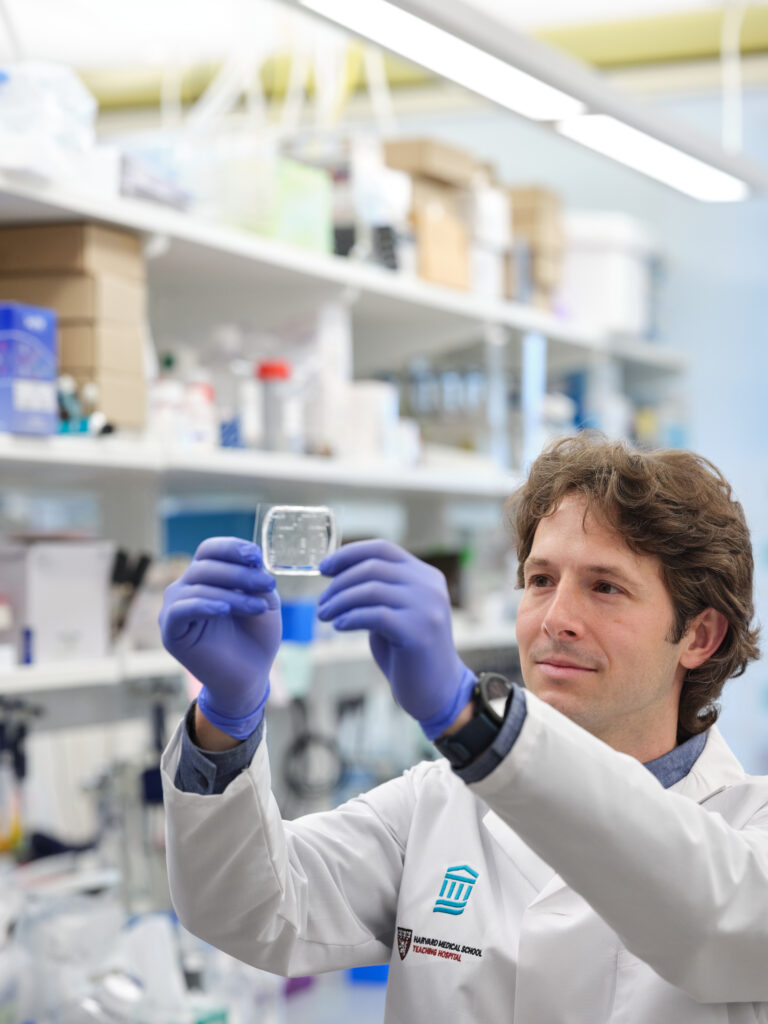My research philosophy is driven by the dynamic tension between real-world clinical challenges and advanced technology development. Although these approaches are regularly practiced independently, their synergy leads to innovation with impact. My research leverages single-molecule diagnostics and advanced microfluidics, to enable ultra-sensitive quantitative analysis and the identification of disease “fingerprints” through machine learning. This strategy involves tailoring solutions to each problem by reflecting on the biological underpinnings and most effective tools. Ultimately, this philosophy aims to realize at-home wellness-based predictive precision medicine.

A blood test for Breast Cancer
Breast cancer is the most commonly diagnosed cancer of females in the United States. This research combines a protein-based blood test with AI/ML analysis of mammography to accurately separate malignant growths from benign findings, with the goal of reducing the number of unnecessary biopsies. I designed and implemented the protocols, data collection and management tools, and analyses in this prospective clinical trial, which collected >600 donations from multiple MGB hospitals.
Salivary diagnostics for newborns with suspected sepsis
“Rule out sepsis” is the most common diagnostic test in neonatal intensive care units. Current tests, based on blood culture, might harm neurodevelopment and cause anemia. This research introduces a non-invasive test using salivary biomarkers and serial monitoring. This test enhances infection-screening accuracy to minimize unnecessary antibiotic exposure in the newborn, and offers a pain-free and safe alternative for detecting disease.
Patch-based detection of Lyme disease
The greatest challenge facing early diagnosis of Lyme is isolation of the etiological agent from patients’ skin. The bacteria that causes Lyme proliferates during the first hours post infection, but confirming infection is difficult as the bacteria numbers are low. A bioinspired microneedle patch represents an easy to use, painless, and inexpensive method to enable concentration of Borrelia, while a CRISPR-based detection method provides a specific and sensitive, isothermal method for Borrelia detection. The combination of these two platforms represents significant commercial opportunity to bring Lyme testing to physician’s offices and perhaps even patient’s homes as a minimally invasive and low-cost solution.
Single-molecule CRISPR diagnostics for fungal pathogens
Candida auris is a fungal pathogen that poses challenges in rapid identification and antibiotic susceptibility testing, contributing to multiple outbreaks in healthcare facilities. I am developing a point-of-care platform which achieves sensitive quantification (<1 CFU per µl) in minimally processed swab samples, detecting the pathogen within 20 minutes and providing quantification and antibiotic susceptibility profiling within 40 minutes.